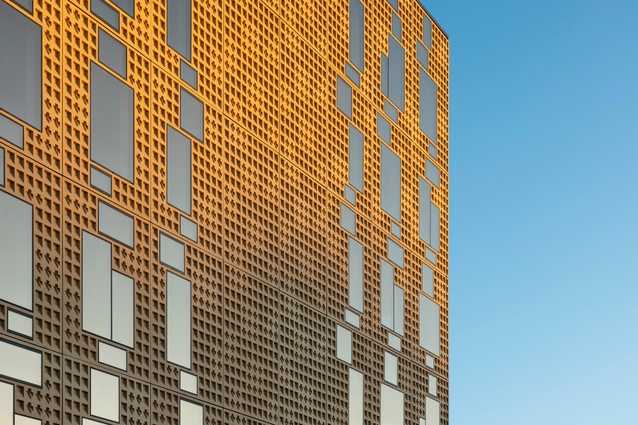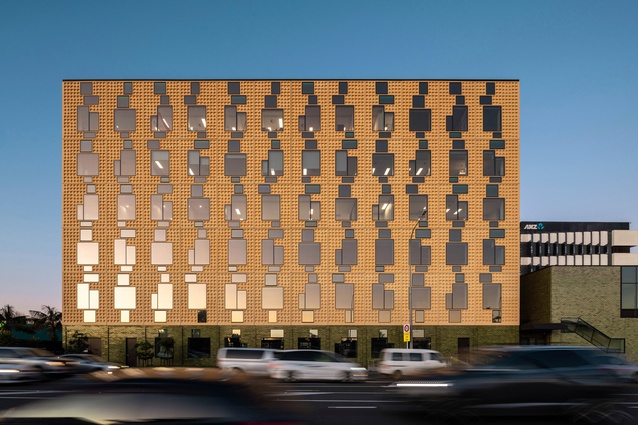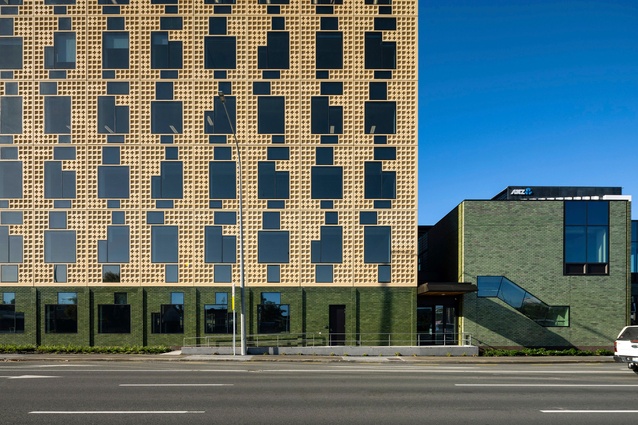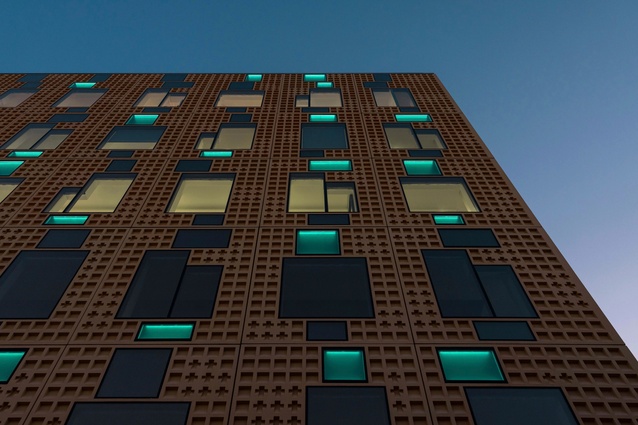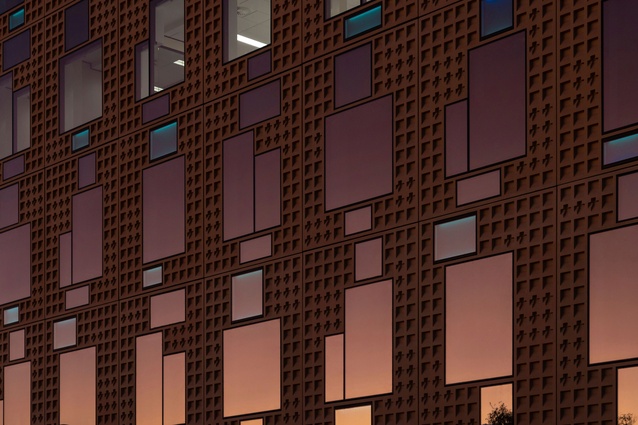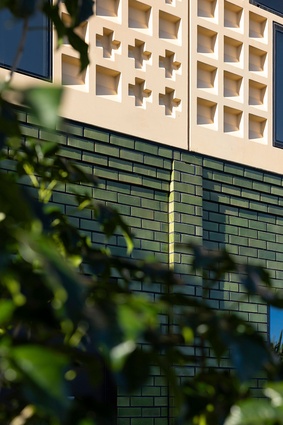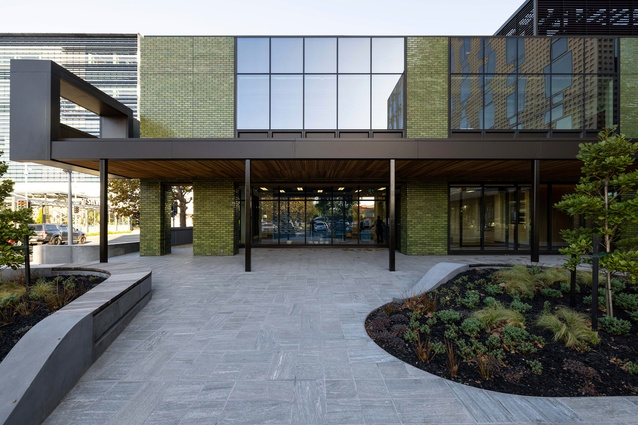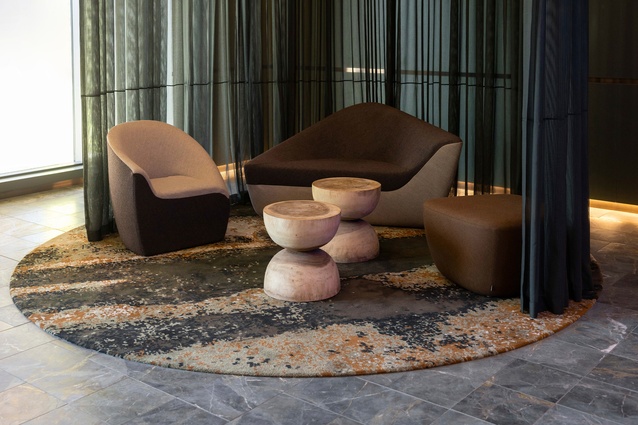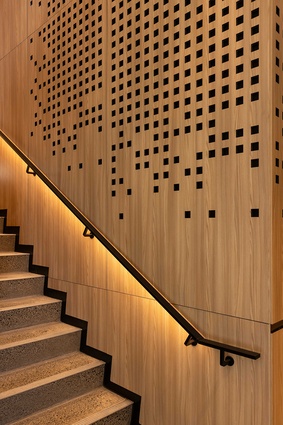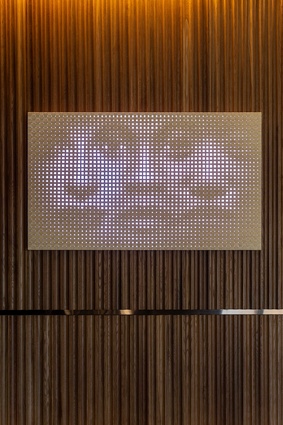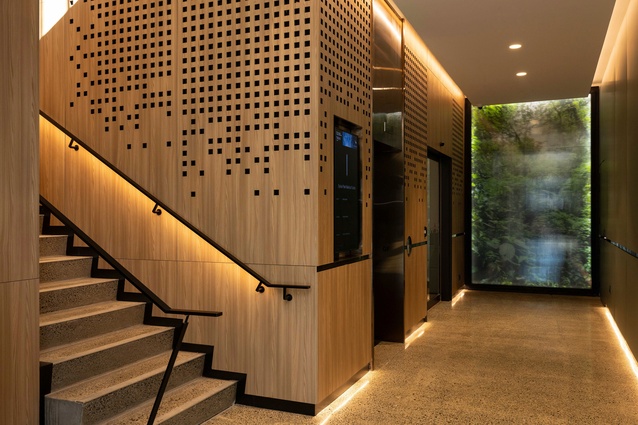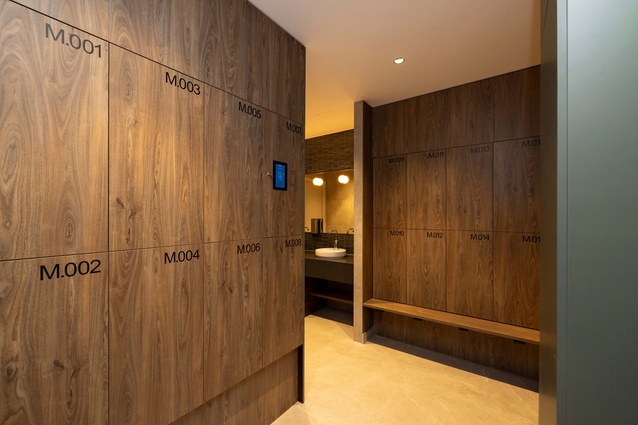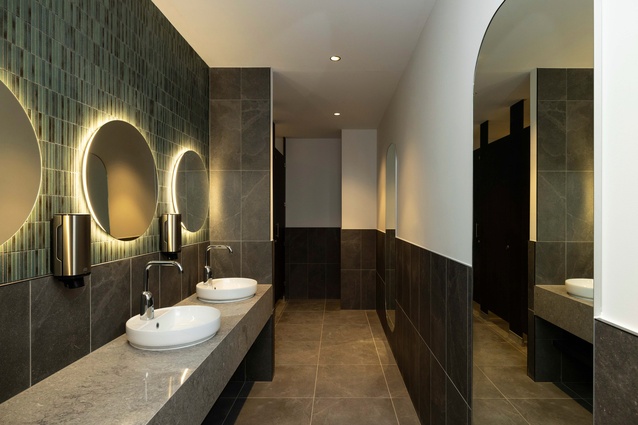3 Te Kehu Way reaches completion
3 Te Kehu Way (3TKW) is the second commercial project in the wider Sylvia Park precinct: an urban-scale precinct transformation comprising retail, residential, commercial, and community infrastructure.
Designed by Woods Bagot and Peddlethorp with landscape architecture by Boffa Miskell, it marks the next step in Sylvia Park’s evolution from a retail centre to a true mixed-use neighbourhood.
Project architect Matt Pieterse said the building’s ground plane was inspired by the region’s ecological history. “Research shows that the Mt Wellington area was formerly a pūriri broadleaf forest ecosystem,” says Pieterse.
The pūriri is a native evergreen with a gnarled trunk and brilliant, waxy leaves, endemic to the northern and coastal parts of the North Island. “There are a few remaining native forest remnants within Auckland around Mount Eden and the intensity of the green is striking,” says Pieterse.
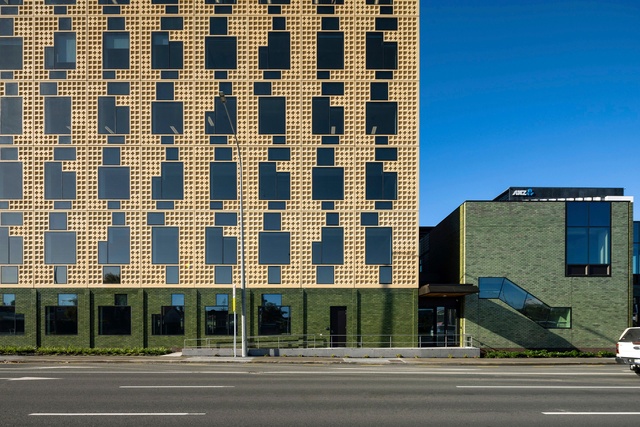
The project team used four shades of glazed green brick, custom-made specifically for the project, which have been incorporated around the base of the building and in the façade of the southern low-rise pavilion.
3TKW comprises six levels and 5,800 square metres of net-lettable office space. Perched above the green brick podium, Woods Bagot and Peddlethorp designed an intriguing ‘waffle’ façade from precast concrete, incorporating a pronounced grid geometry made from square and cruciform punched shapes.
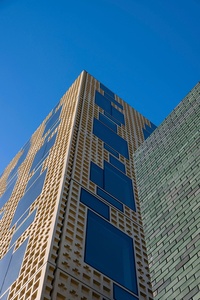
“The façade was the result of an intensive iteration process in the quest for a cost-effective but innovative solution to a rational precast façade system,” says Pieterse. “The windows needed to be centrally located within each concrete panel — it’s a very rigid architectural constraint to work with. We wanted to find a solution that disguised and abstracted this pragmatic reality.”
The resulting façade is a varied and textural form, providing an intriguing counterpoint to the uniform glazing that characterises much of the city’s commercial architecture.
“In each façade panel, the vision glazing window is supplemented with two smaller ‘false’ or spandrel windows of various sizes,” say Pieterse. “These sit within a partial depth recess in each panel. The additional glazed elements create the appearance of significant variation within the waffle grid from relatively few panel types.”
Collectively, the glazing creates irregular stacks of glass in the façade with edges that seldom align. “The unexpected result is one of reflective glass rivers running down the façade,” says Pieterse.

Internally, the irregular window geometries exert a subtle influence on the office interior. “The façade isn’t limited to external expression; the window geometry gives the habitation experience a distinct personality,” says Pieterse.
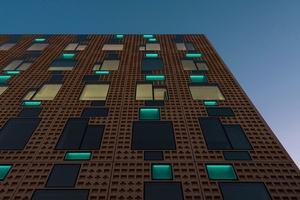
A proportion of the spandrel windows function as light boxes, containing a colour-change LED lighting. When combined with the office interior lighting, these light boxes play a subtle game of deliberate scale manipulation against the suburban sky.
Comprising the six-storey commercial tower and a low-rise southern pavilion, the building’s L-shaped form is designed to offer shelter from the prevailing winds and protect the public realm from the sound pollution from Mt Wellington Highway. The building mass is also specifically tailored to minimise overshadowing of the public realm along Te Tata Avenue.
Click here for further reading on Sylvia Park precinct.

